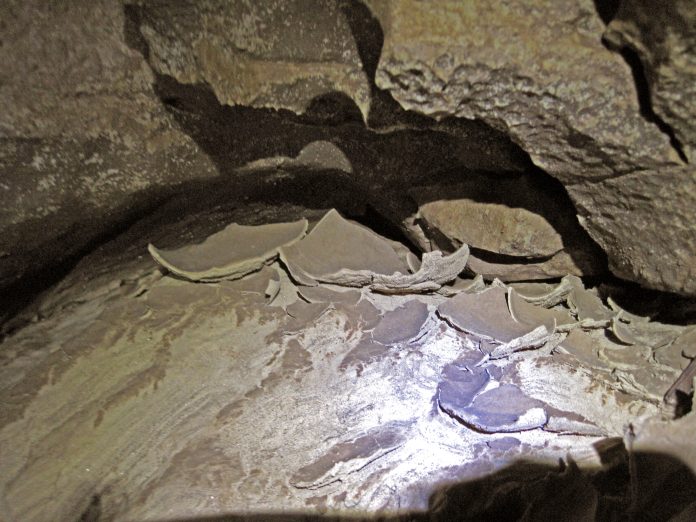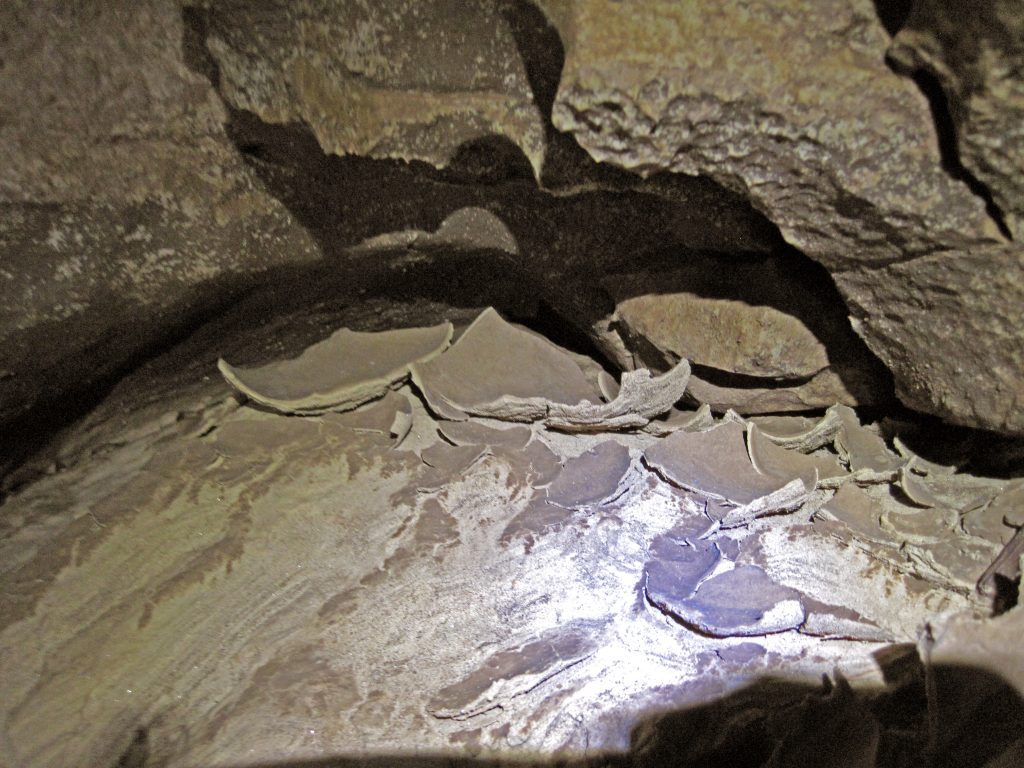
One single fossil tooth, discovered deep in the heart of Mammoth Cave in Kentucky, has triggered a domino effect among science—a one that shut down the world’s longest cave system to tourists for the first time in centuries. So precious, so fragile is what it is that tourism will be suspended and trigger a paleontological fever around the world? The answer, it seems, is a pair of ancient predators whose fossils are rewriting prehistoric seas and technology that is now at last unfolding their secrets. For paleontology and caving enthusiasts, this is not just a news headline—it’s a crossing where history, science, and the thrill of discovery converge. Mammoth Cave’s closure is less about what has been found out, and more about how it has been found, and what that reveals about our knowledge of life on Earth. These are nine fascinating things about this groundbreaking moment in cave and fossil science.

1. The Dazzling Closure of a National Treasure
For the first time in its long existence, Mammoth Cave National Park has shut down access following the discovery of 325 million year old fossilized shark remains. Conservation issues were the officially given reason by park rangers, but the action led to wild speculation on the internet, from government cover-ups to far-fetched tales about actual monsters. The reality, however, is science: the fossils are so fragile and unique that minor disturbance would destroy them. As Superintendent Barclay Trimble explained it, the closing is a promise to preserve “a brittle, irreplaceable record of evolutionary history.” The closure is a moment of truth, emphasizing the clash between public interest and the ethical imperative of conservation.

2. Ancient Oceans Beneath Kentucky’s Hills
Kentucky was once blanketed by a shallow tropical ocean hundreds of millions of years before it became famous for its rolling hills. Mammoth Cave forming rocks were deposited when this part of the world was an ocean floor, with marine life. The find of more than 70 old fish species—along with six unseen before sharks gives one an idea of ecosystems that existed as continents moved and seaways closed down. Each of the fossils which were dug up from the cave’s limestone beds is part of a larger picture, documenting how sea predators evolved and how the early diversity was re-established following the mass extinctions.

3. Uncover the Pioneers of the Discovery
Each of the discoveries of the fossils has a story of endurance and teamwork. The partnership between Superintendent Barclay Trimble, shark expert JP Hodnett, and diligent National Park Service crews made this discovery achievable. Trimble’s keen eye vision needed the first crucial find—a lone, irregular tooth back in 2019. Hodnett described it as “absolutely amazing,” and the newly discovered species Troglocladodus trimblei is named after Trimble. The scientists, cavers, and volunteers ventured into tight, risky tunnels to excavate and record the fossils, turning Mammoth Cave into a working paleontology lab.
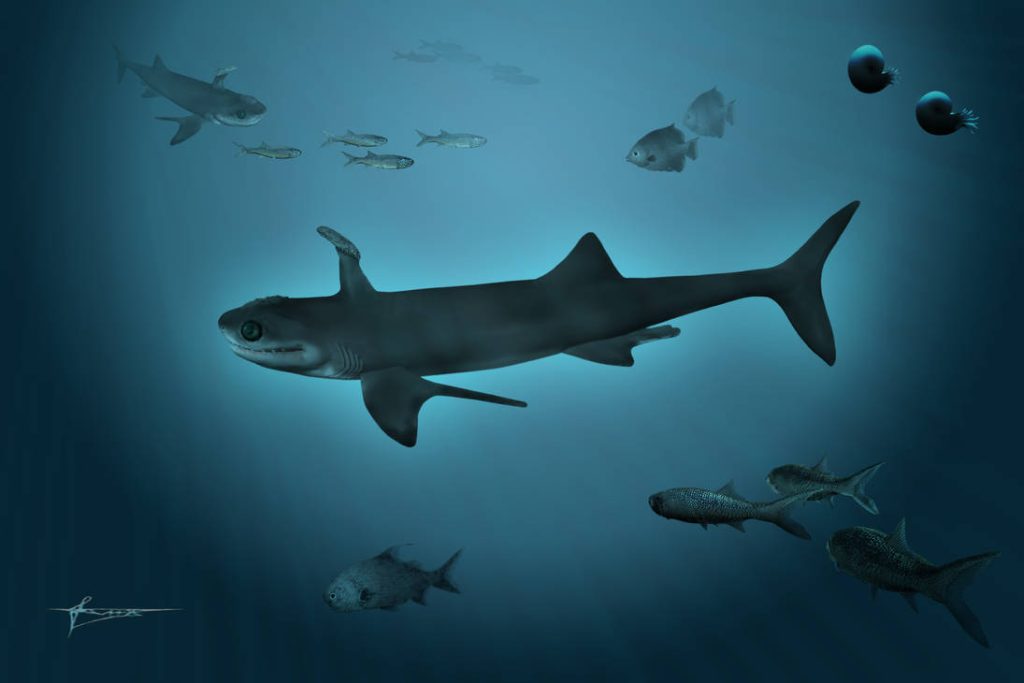
4. Two New Prehistoric Sharks Rises from Darkness
The stars of the find are two new ctenacanth sharks: Troglocladodus trimblei and Glikmanius careforum. Both were 10–12 feet long and featured comb-like dorsal spines and ambush jaws. Their fossils were discovered in a number of varied limestone units, and one species extends the documented range of its genus by 50 million years—a leap that challenges the evolutionary calendar. The sharks possess three recognized lineages in their lineage, and the importance of the cave as a hot spot for biodiversity during the Mississippian, writes the Journal of Vertebrate Paleontology.
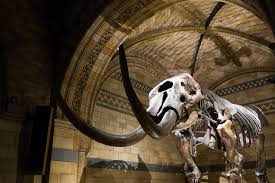
5. How Advanced Technology Affected the Discovery of Fossils
This was done through a blend of persistence and ingenuity. Sophisticated technology in photogrammetry, high-resolution imaging, and 3D mapping allowed scientists to identify fossil fragments that would be invisible to the naked eye. Uniform cave temperature kept delicate cartilage and teeth intact, and computer modeling made it possible to rebuild skeletons without their excavation. As one recent systematic review details, computer techniques that are noninvasive are revolutionizing paleontology to allow fossils to be studied in situ and discoveries transported around the globe without risking damage to them.

6. Fossil Extraction: Against Time and Nature
It was not easy work to pull these fossils out. Crews excavated more than 600 feet of rough, gypsum-studded rock to get to where the locations were, then spent days shooting and documenting each one. Time pressure was intense: every find balanced on the likelihood of environmental change or mere chance. It was worth it in some of the most complete shark fossils found. JP Hodnett being quoted as saying that the anatomical demarcation was so detailed it looked “like they just came out of the shark’s mouth yesterday.”
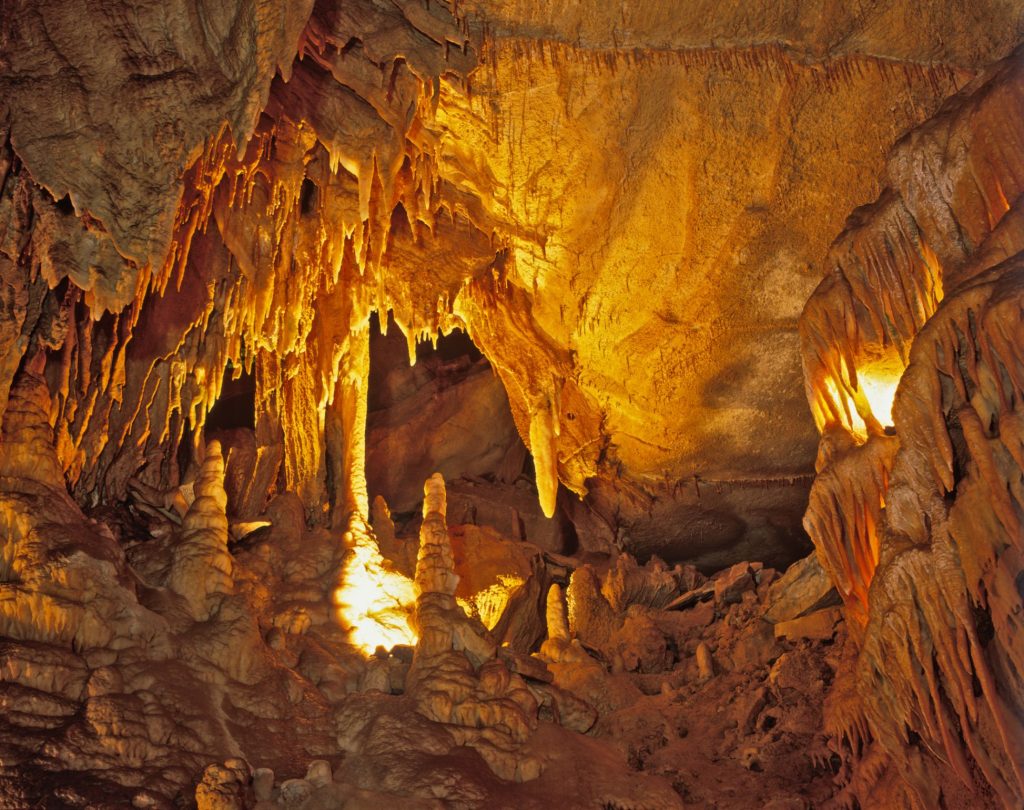
7. Conservation Challenges and Virtual Solutions
Limiting access to Mammoth Cave indicates the moral complexity of preservation. As great as is public interest, even responsible visitors are able to ruin these fossilized life forever. To reconcile preservation and access, the park now permits 3D photographs and virtual displays so the world can virtually tour these fossils. Such an approach, in consideration of heritage and science, has come to be generally accepted as a paradigm for the conservation of sensitive paleontological sites.
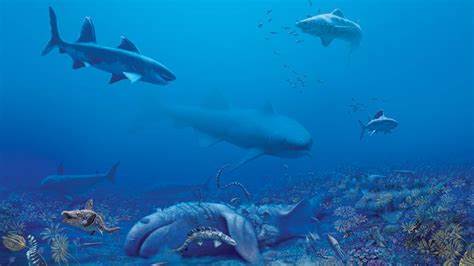
8. The Broader Impact: Recasting Evolutionary History
The findings in Mammoth Cave are more than adding new species to the fossil record. They uncover valuable information to inform the diversification of sharks and other sea creatures when supercontinents were starting to be assembled and ancient oceans waxed and waned. By comparing their own with the African and European fossils, scientists can follow evolutionary lines and paths of extinction and learn more about how enduring and versatile life can be on Earth. Even the sites that are most famous geologically in the world hold surprises that rewrite our science tales, according to Earth.com’s reporting.
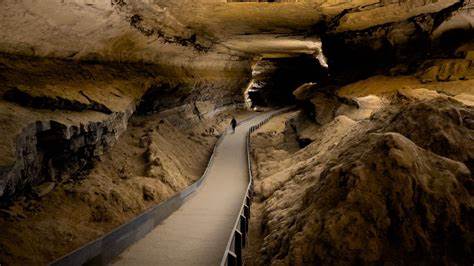
9. Viral Buzz and the Future of Exploration
The sea monster of Mammoth Cave is a legend that has fascinated millions, social media posting fact and legend in equal measures. But real drama is yet to unfold. Scientists are already preparing for future exploration with even more advanced, noninvasive technology to probe deeper into the hidden chambers of the cave. As Superintendent Trimble would have us believe, “Every new discovery at Mammoth Cave is possible because of collaborations.” The next chapter holds secrets, as collaboration and technology keep unlocking the doors of Earth’s deep past.

The new chapter in the history of Mammoth Cave is a testament to the enduring power of discovery and the enhanced tools that make it possible. At the nexus of ancient past, high technology, and wise stewardship, the cave is a treasure and a warning: there are mysteries best left slowly unspun with reverence and patience. For those who are fascinated by prehistoric history and the secrets underfoot, the story in Kentucky is far from complete—and the next discovery may lurk in a crawlspace.
